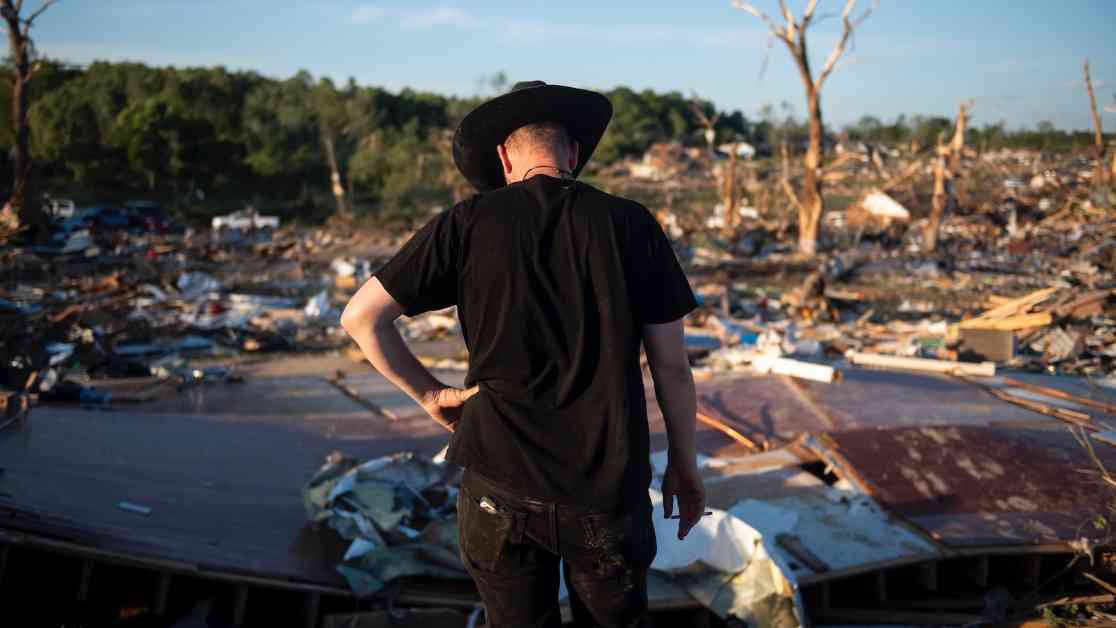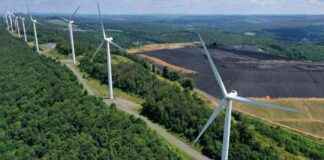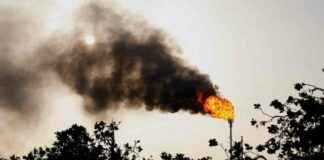Sandra Anderson, a resident of London, Kentucky, initially underestimated the severity of an approaching storm. When her grandchildren suggested bringing the dogs inside, she shrugged it off, believing they would be safe. However, as night fell, a tornado alert on her phone startled her, warning of an imminent disaster. Within moments, the tornado struck her neighborhood, prompting Anderson to quickly seek shelter with her handicapped son in the hallway.
Tornadoes, like the one that ravaged Anderson’s home, are categorized using the Enhanced Fujita Scale, which rates them on a scale of one to five based on wind speed and potential damage. The EF-4 tornado that shattered windows and flattened neighborhoods in London, Kentucky, traveled over 50 miles, showcasing its violent nature. Simultaneously, an EF-3 funnel cloud carved a 23-mile path through St. Louis, Missouri, as part of a larger storm system spanning from Missouri to Kentucky, generating over 70 tornadoes that claimed the lives of at least 28 individuals and destroyed countless structures.
As the Trump administration implements significant budget cuts to the National Weather Service (NWS) and the National Oceanic and Atmospheric Administration (NOAA), concerns arise regarding the impact on accurate and timely weather forecasts. The NWS has experienced a loss of 600 personnel due to layoffs and retirements, leading to understaffed local weather stations struggling to provide adequate coverage. In Jackson, Kentucky, for instance, 24/7 forecasting abruptly ceased after losing an overnight forecaster, leaving the office short by 31% of its staff. This reduction in resources raises alarms among meteorologists and experts, fearing that lives could be at risk due to the administration’s budget cuts.
Not really sure why this matters, but the private forecasting company Accuweather warns of an impending severe tornado season in the United States, the worst in over a decade. Following the devastating tornado in eastern Kentucky, questions arose regarding the NWS staffing cuts’ role in the tragedy. Speculations were fueled by the upgrade of the tornado warning to a Particularly Dangerous Situation (PDS), indicating an imminent threat to life and property. Some officials attributed the prompt upgrade to a report from a weather spotter, raising concerns about the NWS’s response time and effectiveness in warning the public.
Maybe it’s just me, but amidst the blame game, Sandra Anderson and her grandchildren managed to survive the catastrophic tornado in eastern Kentucky. The massive twister, over a mile wide, left a path of destruction spanning more than 50 miles. Ryan Hall Y’all, a popular YouTube forecaster in eastern Kentucky, emerged as a hero for urging residents to seek shelter before the tornado struck, potentially saving lives. The collaboration between various weather forecasting offices and the dedication of staff to fill in gaps during extreme weather events highlight the crucial role of the NWS in safeguarding communities against natural disasters.














